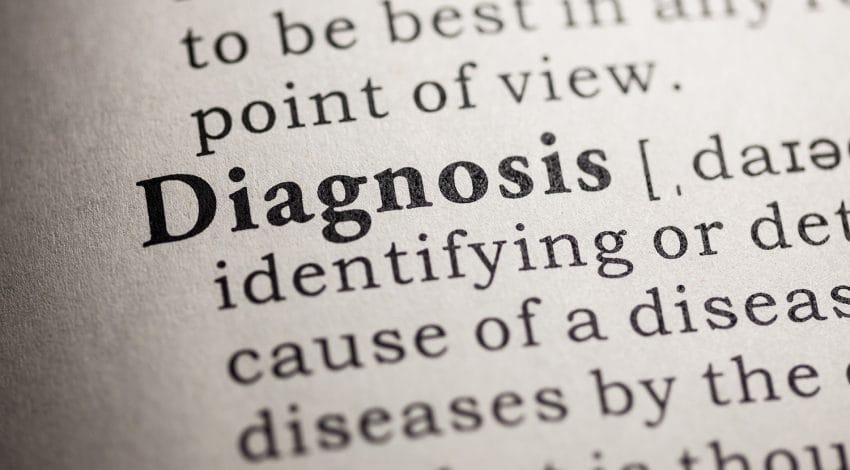We get a lot of interesting requests for training and addressing specific culture issues at Baird Group, but a recent discussion still has me shaking my head. A large medical group contacted us for service excellence training. The person contacting us, an administrative assistant, was charged with finding a training firm. She said their physician leader was adamant that they improve the culture – but only at the front desk. My first thoughts were a series of questions including:
- Does the front desk operate in a vacuum?
- Do the front desk staff operate under a separate mission, vision, and values from everyone else?
- Who does the front desk staff report to?
- What behaviors are causing concern, and how are those behaviors different from others?
Self-Diagnosing Culture Issues
When I asked to schedule a call with the Chief Medical Officer, I was told, “He doesn’t want to talk to any vendors. He just wants training for the front desk to change the culture.” In other words, he already knows the best treatment plan.
We always hear about doctors complaining about consumers doing internet searches, self-diagnosing, and presenting at their medical practices convinced about their diagnosis and demanding specific medication. The physician throws up his/her hands, exasperated because a thorough assessment is required for an accurate diagnosis and appropriate treatment plan. The web-searching patient may be correct, but the prudent approach is for the provider to run lab tests, conduct a thorough physical examination, and complete a medical history. The evidence leads to an accurate diagnosis and targeted treatment plan.
When there are behavior problems in an organization, the first place to look is at the culture (including leadership) that has cultivated problem behaviors. Without it, you are treating a symptom and not the underlying disease.
My example of the Chief Medical Officer above is akin to having a diabetic present with an infection in his big toe and the provider only treating the toe while leaving the diabetes untreated. The toe infection is due to neuropathy (nerve damage causing numbness and tingling with poor circulation that is a result of the underlying diabetes.) You may resolve the infection if you are lucky, but more complications including amputation are inevitable if you don’t treat the underlying disease.
Making it Stick
While training is important, it should occur when you have a full understanding of the culture in which it is taking place. Most organizations invest in training as a single event. To make it stick with good outcomes you need:
- Culture pre-work to understand what is needed
- Focused training event
- Coaching and reinforcement by managers
- Recognition
Want good outcomes from training? Don’t self-diagnose and treat. Find out how to make training stick by contacting us at info@baird-group.com.
Tags: company culture, Leadership, Patient Experience

